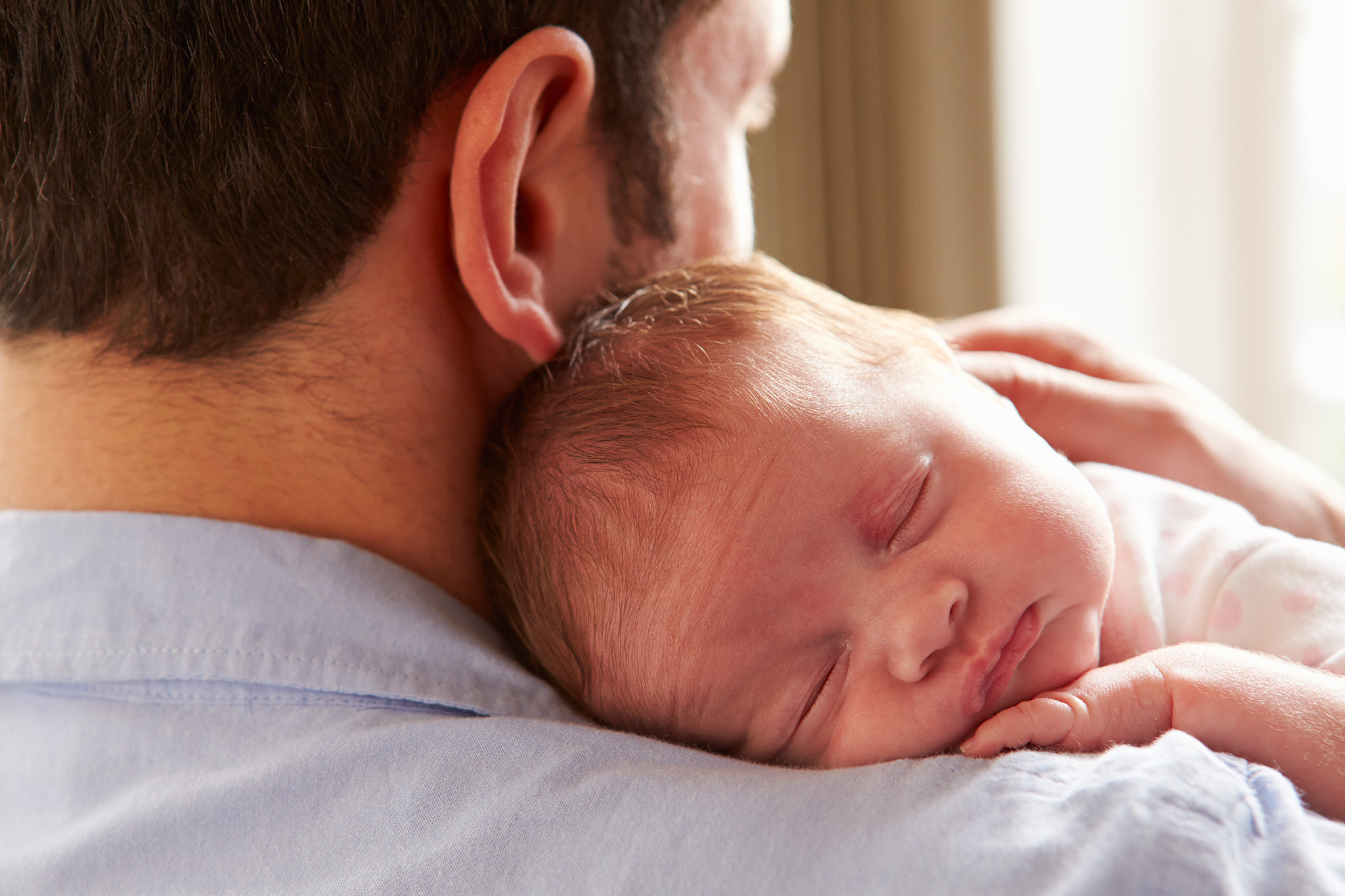Sweden recently announced that every 16-year-old will receive a copy of ‘We Should All Be Feminists’.
And while we’re hardly surprised to see such forward thinking from the Scandinavians, who consistently top the polls for the happiest and healthiest humans on the planet, it does beg the question – what’s their secret?
Despite spending a considerable portion of the year under snow, experiencing days where the sun goes down before 4pm, and sky high tax rates, Northern Europeans seem to be have a lot of things all figured out.
Here are just a couple of ideas we think Canadians could learn from them.
[ad_bb1]
1. How to Live Sustainably
Ecovillages are not just for hippies – they actually exist here, where people live and eat communally in a collective home. These low impact living arrangements not only reduce their footprint on the planet, many of them also create a supportive social environment, sharing childcare and elderly care duties, as people across ages and generations live together. Great (just so long as your favourite “Aunt” isn’t blasting out ABBA when your kids are trying to study).

2. How to Grow Old
Thanks to generous welfare and pensions, and a reliable public transport system, Sweden has in the past been voted the happiest place to grow old. The Global Age Watch Index, showed that money and wealth wasn’t particularly relevant when it came to the well-being of those over 60, with things like community spirit scoring higher. Although it lost its top spot in 2015, Sweden and Norway are both inside this year’s top 3. Long live long living.

3. How to Make Great Crime Dramas
Move over Law and Order, because Scandinavian TV is here, and my god do they know how to wear a jumper. From The Bridge, to Borgen and The Killing, those Danes know how to do a gritty, dark, drama series. And clearly there’s something inimitable about the way they do it, as we learnt from the American version of The Killing.
.jpg)
4. How to Care About Our Planet Even More
Earlier this year, the flat-pack furniture giant, IKEA, upstaged governments around the world, by pledging $1 billion Euros to help slow down climate change. The money will be put towards renewable energy and helping poorer nations cope with climate change. IKEA hopes to use clean energy to power all its shops and factories by 2020. And you thought they were all about the meatballs.

5. How to Close the Gender Gap
Taking up spots one to five, Iceland, Finland, Norway, Sweden, and Denmark, cleaned up in the Global Gender Gap Index 2014. With long standing equality in education and health, a large proportion of women in the labour force, small salary gaps, and strong representation in the highly skilled jobs sector, Scandinavia consistently tops these lists.

6. How to Work Less Hours
Forty hour weeks are so last century. Parts of Sweden experimented with six hour days and have already reported that it has increased efficiency and decreased turnover. So far, even with more staff hired to cope with the shorter hours and new shift patterns, the trial has been deemed a success, as the balance between work and home life has left many with renewed energy (read: increased Netflix productivity).

7. How to Do Paternity Leave
Not content to have one of the most generous paternity schemes already, Sweden is looking to increase paid paternity leave. Currently the country offers 16 months parental leave by either parent (two months of which is set aside for fathers). But there are plans to increase this to three months, in a move towards greater gender equality.

8. How to Make Education (Even) Better
Canada’s education system is a great source of pride, but that’s not to say it couldn’t be improved. Finland has the most successful schools, thanks in part to standardised testing and high quality teachers. But it turns out that all work and no play doesn’t just make Jack a dull boy – it also makes him a dumber one. Finnish schools give kids less homework and plenty of play; by law, teachers must give kids a 15-minute break for every 45-minutes taught. “Miss, please, no more Tag!”

9. How to Get “Hygge” With it
This Danish term translates loosely to “coziness”, and relates to a sense of well-being. It’s a strong component for surviving the long dark Danish winters, and relates to being comfortable and considerate of others. Its main message is that it’s important not to rush your life away and to take time to create moments of Hygge. So curl up in a nice warm jumper, pop an episode of Borgen on, and remember to enjoy the little things.

[ad_bb2]

